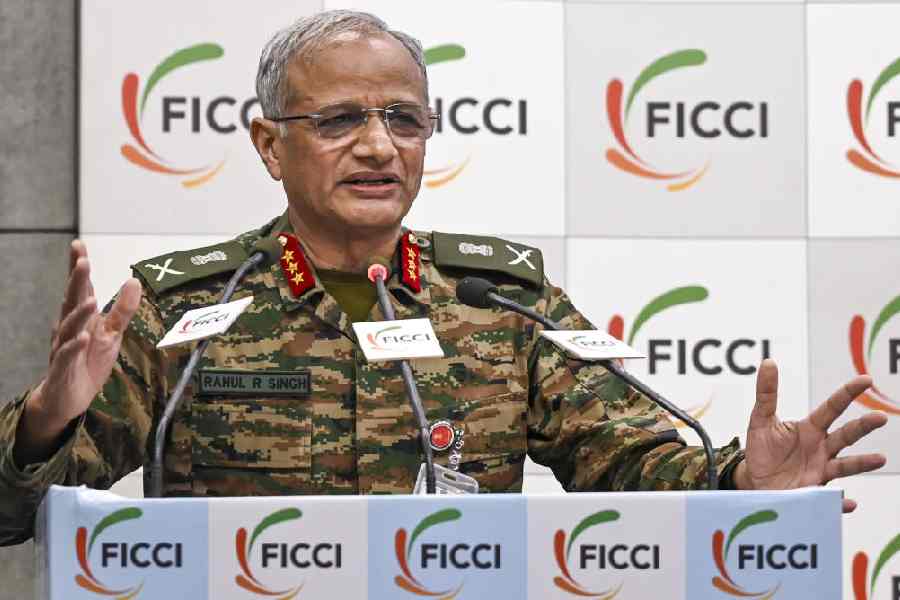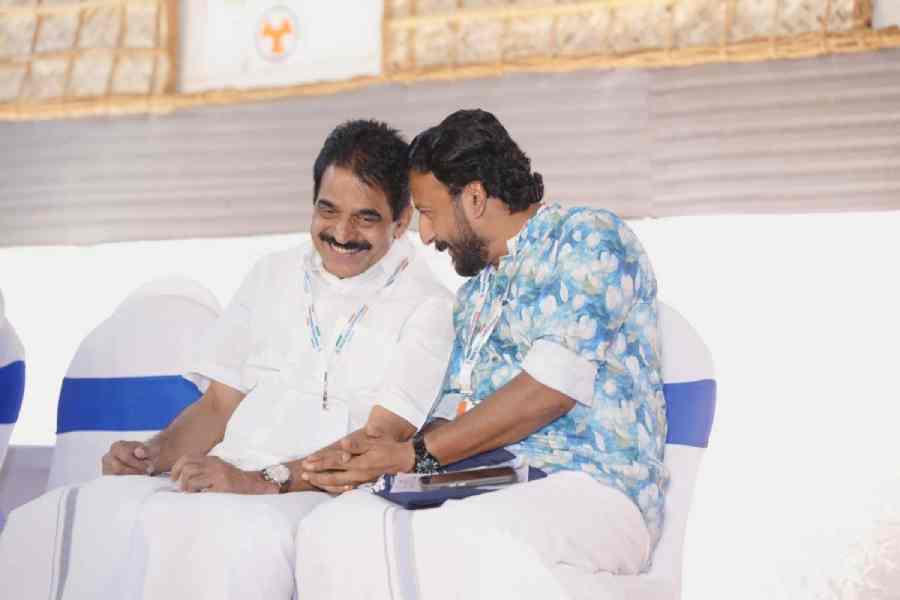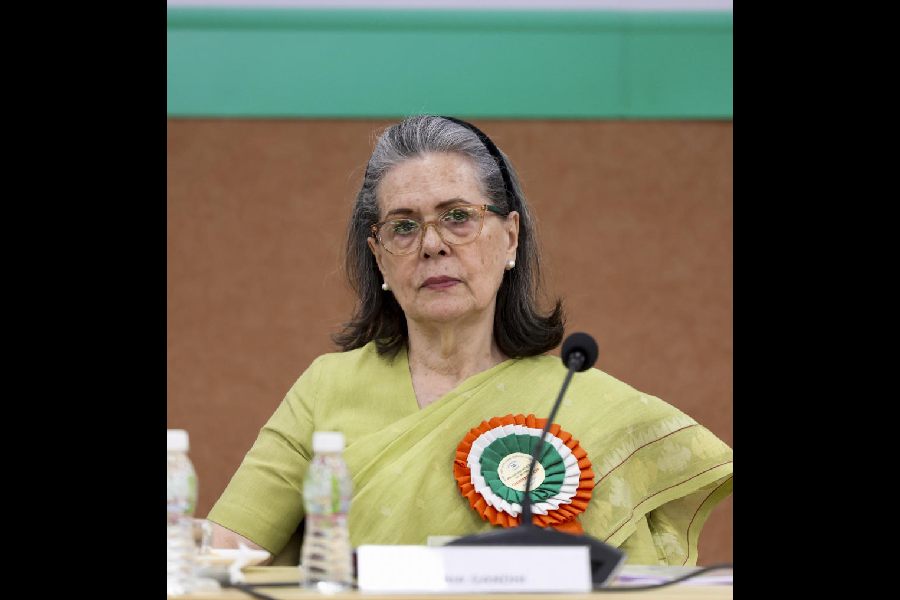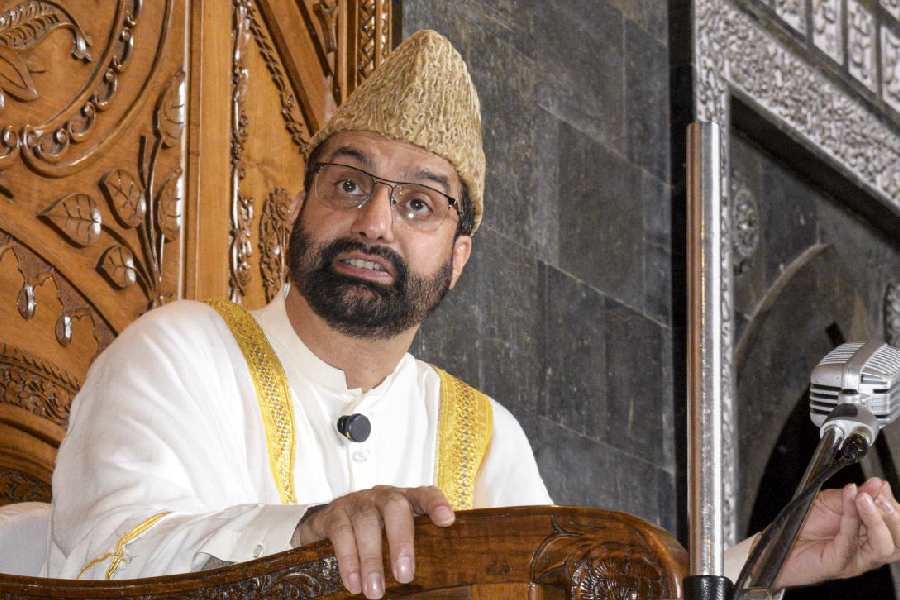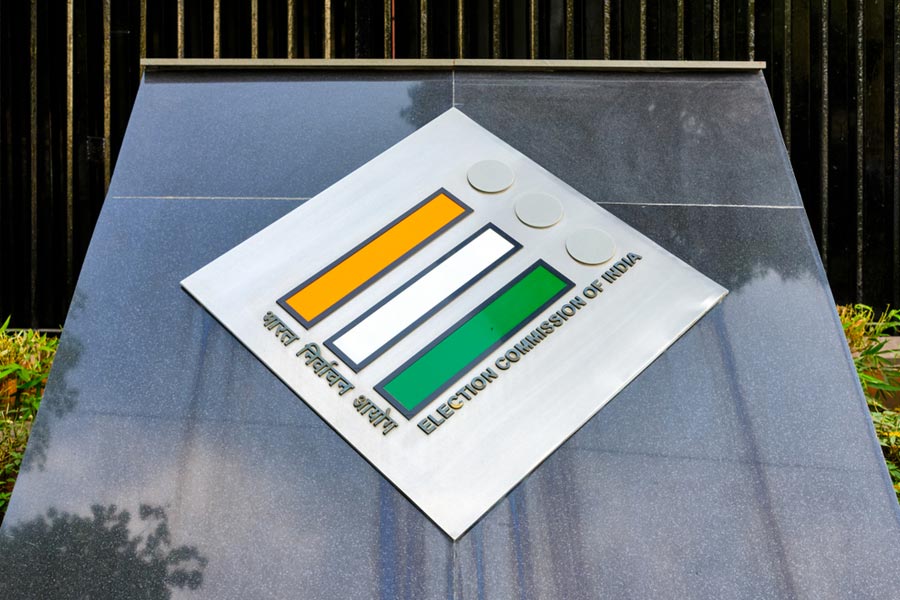
Veteran Malaysian Odissi dancer Ramli Ibrahim is in the city. He spoke to Namita Panda of The Telegraph about Odissi, controversies and the changes in the state.
You have been visiting Odisha since the seventies. How do you see the changes in the state?
I first came in 1977 and then I usually visited Puri and a bit of Ganjam. Puri was a beautiful beach town while Bhubaneswar was a dusty and quiet place. Now, it's completely different. The change is extreme. I used to love how everything was an extension of an age-old culture then. Now, all the cities look alike with all the brands available everywhere. However, this is a global phenomenon and comes with urbanisation. The town planning has become better though.
You recently performed as Krishna at a concert in Bhubaneswar. Earlier, we had seen you enacting Shiva at the Konark dance festival. What compositions interest you?
I love old compositions, especially, tandavas that are complex but beautiful such as Krishna's or Shiva's Ashtashambhu, Shivastaka. I also love Dasavatara and pallavis such as Shankarabharanam by Pankaj babu (Pankaj Charan Das) and Kelu babu (Kelucharan Mohapatra). But I never choreograph because I wish to keep the dance authentic. I just present it differently to look better on stage.
Purists look at dance as a tradition that needs to be continued as it is? Do you believe in that?
Indian classical dance is a performer's art form. If the dancer is a great artiste, he or she will know how to present it. Sujata Mohapatra performs the old compositions exactly as they were invented but they still look stunning because she is a wonderful artiste. But there are many, who prefer to be innovative and bring in freshness so that the performance as a whole looks attractive. Hence, I transform solo compositions into group items. But its unfair to say modernity is not allowed; modern is not separate from tradition. Kelu babu was extremely modern or he would not have formed such wonderful stage items of a temple dance. Now, what he has formed is tradition. Today's modern is tomorrow's traditional.
Many dancers in Odisha are upset about your costumes and sensuous subjects leading to controversies. Your take?
Well, my interest in Odissi is because of the sensuality element. The grace in it comes out of sensuous movements. I feel hiding is more vulgar such as the 'odhni' hides in parts but I don't use it in costumes because it feels more offensive to me. There is a lot of hypocrisy when people say that because a dancer's body is a temple and it is the instrument and altar of sacrifice. It can be seen in Odishan temples! Look at tribals. Their original culture never had any instruction of clothing to hide the body but now we are making them so called "modern" by putting our clothes on them! I'm not bothered about the criticism because others shortly follow what I start!
What do you prefer - pure dance or abhinaya?
Pure dance is my forte. The movements and technicalities involve a lot of spinal exercise so that is challenging but I love them. Abhinaya is rather tough. It is the core of Indian dances. But it is difficult because it takes more involvement and the expressions have to come from within.
How is Odissi faring in Malaysia?
Through my Sutra Dance Foundation, we have tried to keep the standards very high in Malaysia and not dilute Odissi. Bharatnatyam is declining in quality. After all today dance lessons are given on Skype too! Even in Odisha, the dance has become diluted. Earlier, the relationship of guru and students was much stronger. But it's saddening to see the lack of dedication and commitment now. That is the price of popularity.


